#Atoms
Explore tagged Tumblr posts
Text

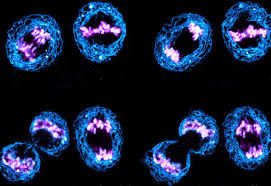
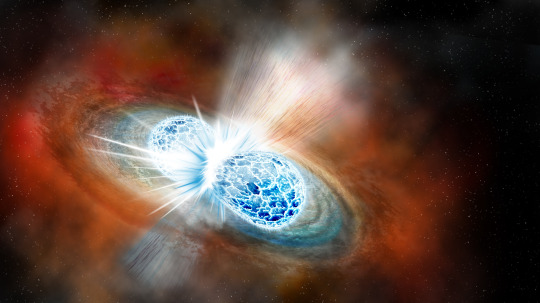
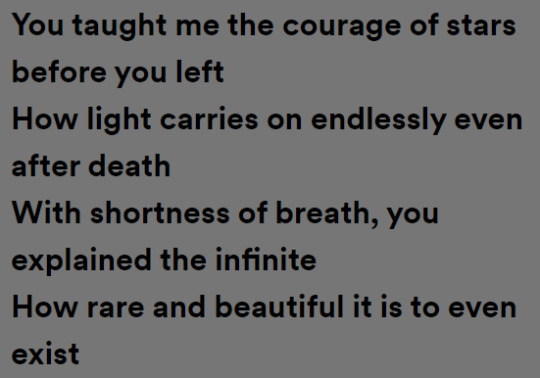


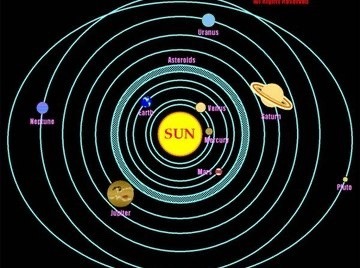
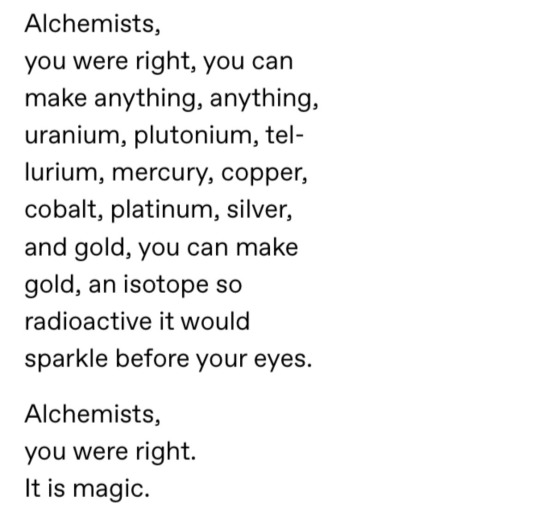
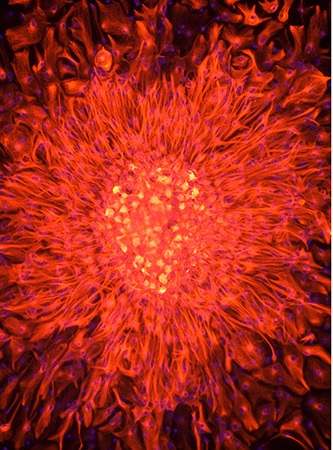
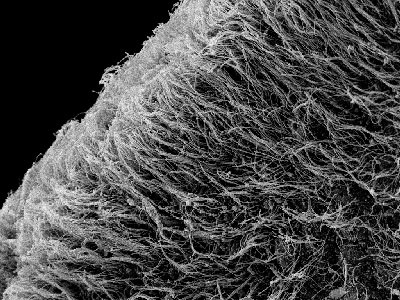
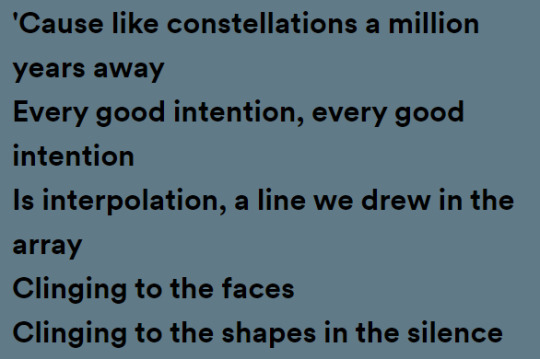
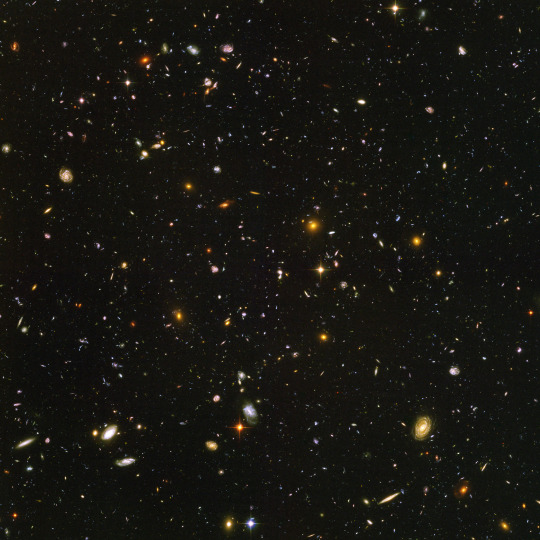

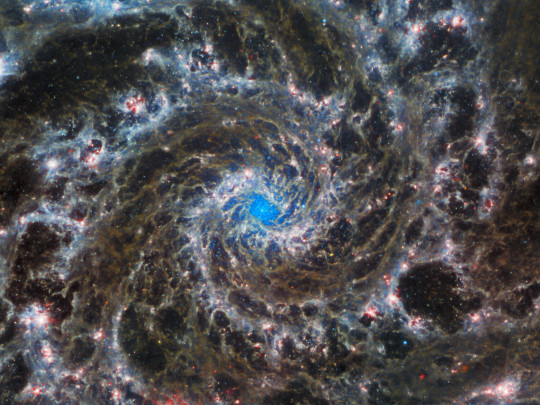

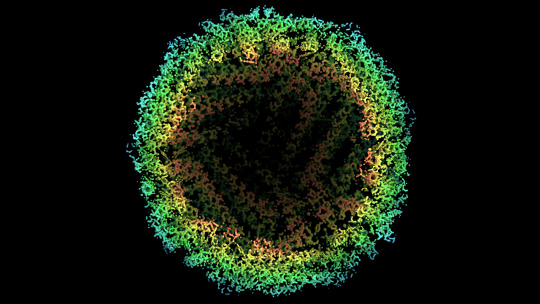

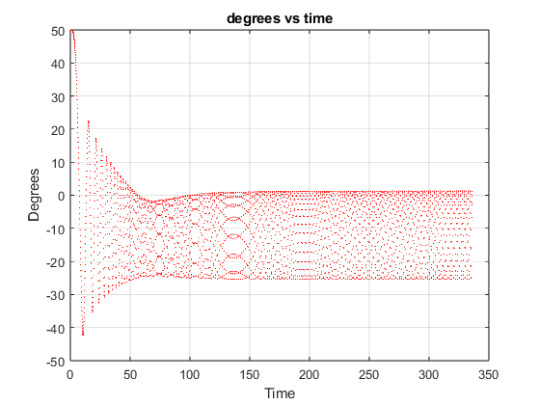
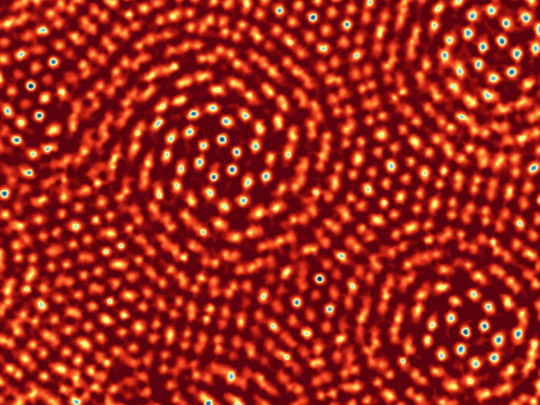

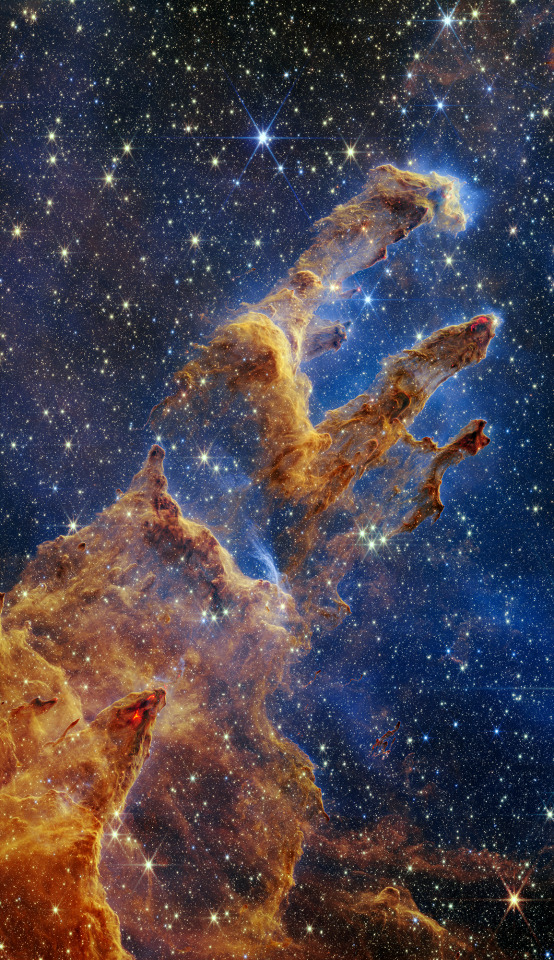
Infinite in Both Directions
@sketiana // cells undergoing mitosis // neutron stars colliding // 'saturn', sleeping at last // voyager golden records // diagram of an atom // diagram of the solar system // 'a toast to the alchemists', laura giplin // neural stem cells // ciliated ventral epithelium // 'constellations', the oh hellos // jwst deep field // 'singularity', marie howe // heart of the phantom galaxy // 'zephyrus', the oh hellos // apoferritin // aerial view of a forest // a graph me and my project co-chair made to model angle over time of our payload // molybdenum and sulfur atoms // unknown // pillars of creation
#web weave#webweave#space#infinity#atoms#idk. i'm so normal about this.#somehow we're right in the middle
11K notes
·
View notes
Text

Bharti Kher — Splitting the Atom (bindis on painted board, 2015)
663 notes
·
View notes
Text

Copper atom. Atomic Energy, How? 1950s.
Science History Institute
592 notes
·
View notes
Text
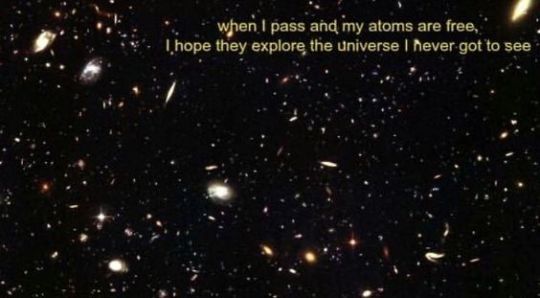
459 notes
·
View notes
Text
isn't it cool that a bunch of atoms met and formed connections, and now we and everything else exists?

#doodle#thoughts about the universe#atoms#this was better in my head but I can't justify refining it
115 notes
·
View notes
Text
Our ability to image the subatomic realm is limited, not just by resolution, but also by speed. The constituent particles that make up – and fly free from – atoms can, in theory, move at speeds approaching that of light. In practice, they often move much slower, but even these slower speeds are way too fast for our eyes, or technology, to see. This has made observing the behavior of electrons something of a challenge – but now the development of a new microscope imaging technique has allowed scientists to catch them in motion, in real time.
Continue Reading.
147 notes
·
View notes
Note
anything on atoms?
Just some tiny things.
82 notes
·
View notes
Text

The mighty, mighty atom.
#animation#vintage animation#atoms#the atom#science#physics#protons#electrons#neutrons#atomic nucleus#nucleus#basic particles#matter#atomic energy#quantum mechanics#quantum physics#nuclear force#electromagnetic force#atomic theory#electron cloud
66 notes
·
View notes
Text
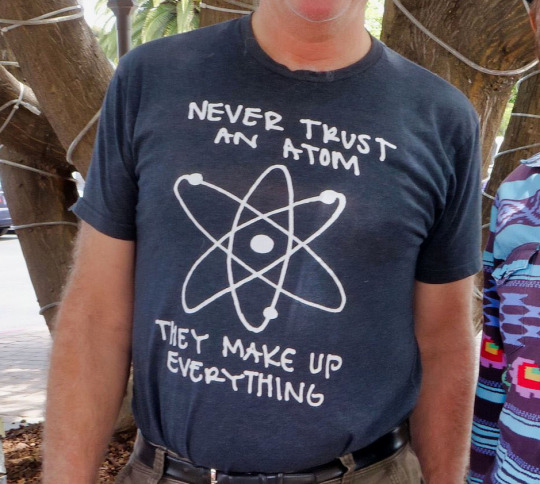
66 notes
·
View notes
Text

Here's to a new orbit around the Sun!
#happy new year#periodic table#science#chemistry#elements#atoms#alpha particle#electron#hydrogen#phosphorus#yttrium#neon#tungsten#argon#art
47 notes
·
View notes
Text
MIT scientists pin down the origins of a fast radio burst
New Post has been published on https://thedigitalinsider.com/mit-scientists-pin-down-the-origins-of-a-fast-radio-burst/
MIT scientists pin down the origins of a fast radio burst


Fast radio bursts are brief and brilliant explosions of radio waves emitted by extremely compact objects such as neutron stars and possibly black holes. These fleeting fireworks last for just a thousandth of a second and can carry an enormous amount of energy — enough to briefly outshine entire galaxies.
Since the first fast radio burst (FRB) was discovered in 2007, astronomers have detected thousands of FRBs, whose locations range from within our own galaxy to as far as 8 billion light-years away. Exactly how these cosmic radio flares are launched is a highly contested unknown.
Now, astronomers at MIT have pinned down the origins of at least one fast radio burst using a novel technique that could do the same for other FRBs. In their new study, appearing today in the journal Nature, the team focused on FRB 20221022A — a previously discovered fast radio burst that was detected from a galaxy about 200 million light-years away.
The team zeroed in further to determine the precise location of the radio signal by analyzing its “scintillation,” similar to how stars twinkle in the night sky. The scientists studied changes in the FRB’s brightness and determined that the burst must have originated from the immediate vicinity of its source, rather than much further out, as some models have predicted.
The team estimates that FRB 20221022A exploded from a region that is extremely close to a rotating neutron star, 10,000 kilometers away at most. That’s less than the distance between New York and Singapore. At such close range, the burst likely emerged from the neutron star’s magnetosphere — a highly magnetic region immediately surrounding the ultracompact star.
The team’s findings provide the first conclusive evidence that a fast radio burst can originate from the magnetosphere, the highly magnetic environment immediately surrounding an extremely compact object.
“In these environments of neutron stars, the magnetic fields are really at the limits of what the universe can produce,” says lead author Kenzie Nimmo, a postdoc in MIT’s Kavli Institute for Astrophysics and Space Research. “There’s been a lot of debate about whether this bright radio emission could even escape from that extreme plasma.”
“Around these highly magnetic neutron stars, also known as magnetars, atoms can’t exist — they would just get torn apart by the magnetic fields,” says Kiyoshi Masui, associate professor of physics at MIT. “The exciting thing here is, we find that the energy stored in those magnetic fields, close to the source, is twisting and reconfiguring such that it can be released as radio waves that we can see halfway across the universe.”
The study’s MIT co-authors include Adam Lanman, Shion Andrew, Daniele Michilli, and Kaitlyn Shin, along with collaborators from multiple institutions.
Burst size
Detections of fast radio bursts have ramped up in recent years, due to the Canadian Hydrogen Intensity Mapping Experiment (CHIME). The radio telescope array comprises four large, stationary receivers, each shaped like a half-pipe, that are tuned to detect radio emissions within a range that is highly sensitive to fast radio bursts.
Since 2020, CHIME has detected thousands of FRBs from all over the universe. While scientists generally agree that the bursts arise from extremely compact objects, the exact physics driving the FRBs is unclear. Some models predict that fast radio bursts should come from the turbulent magnetosphere immediately surrounding a compact object, while others predict that the bursts should originate much further out, as part of a shockwave that propagates away from the central object.
To distinguish between the two scenarios, and determine where fast radio bursts arise, the team considered scintillation — the effect that occurs when light from a small bright source such as a star, filters through some medium, such as a galaxy’s gas. As the starlight filters through the gas, it bends in ways that make it appear, to a distant observer, as if the star is twinkling. The smaller or the farther away an object is, the more it twinkles. The light from larger or closer objects, such as planets in our own solar system, experience less bending, and therefore do not appear to twinkle.
The team reasoned that if they could estimate the degree to which an FRB scintillates, they might determine the relative size of the region from where the FRB originated. The smaller the region, the closer in the burst would be to its source, and the more likely it is to have come from a magnetically turbulent environment. The larger the region, the farther the burst would be, giving support to the idea that FRBs stem from far-out shockwaves.
Twinkle pattern
To test their idea, the researchers looked to FRB 20221022A, a fast radio burst that was detected by CHIME in 2022. The signal lasts about two milliseconds, and is a relatively run-of-the-mill FRB, in terms of its brightness. However, the team’s collaborators at McGill University found that FRB 20221022A exhibited one standout property: The light from the burst was highly polarized, with the angle of polarization tracing a smooth S-shaped curve. This pattern is interpreted as evidence that the FRB emission site is rotating — a characteristic previously observed in pulsars, which are highly magnetized, rotating neutron stars.
To see a similar polarization in fast radio bursts was a first, suggesting that the signal may have arisen from the close-in vicinity of a neutron star. The McGill team’s results are reported in a companion paper today in Nature.
The MIT team realized that if FRB 20221022A originated from close to a neutron star, they should be able to prove this, using scintillation.
In their new study, Nimmo and her colleagues analyzed data from CHIME and observed steep variations in brightness that signaled scintillation — in other words, the FRB was twinkling. They confirmed that there is gas somewhere between the telescope and FRB that is bending and filtering the radio waves. The team then determined where this gas could be located, confirming that gas within the FRB’s host galaxy was responsible for some of the scintillation observed. This gas acted as a natural lens, allowing the researchers to zoom in on the FRB site and determine that the burst originated from an extremely small region, estimated to be about 10,000 kilometers wide.
“This means that the FRB is probably within hundreds of thousands of kilometers from the source,” Nimmo says. “That’s very close. For comparison, we would expect the signal would be more than tens of millions of kilometers away if it originated from a shockwave, and we would see no scintillation at all.”
“Zooming in to a 10,000-kilometer region, from a distance of 200 million light years, is like being able to measure the width of a DNA helix, which is about 2 nanometers wide, on the surface of the moon,” Masui says. “There’s an amazing range of scales involved.”
The team’s results, combined with the findings from the McGill team, rule out the possibility that FRB 20221022A emerged from the outskirts of a compact object. Instead, the studies prove for the first time that fast radio bursts can originate from very close to a neutron star, in highly chaotic magnetic environments.
“These bursts are always happening, and CHIME detects several a day,” Masui says. “There may be a lot of diversity in how and where they occur, and this scintillation technique will be really useful in helping to disentangle the various physics that drive these bursts.”
This research was supported by various institutions including the Canada Foundation for Innovation, the Dunlap Institute for Astronomy and Astrophysics at the University of Toronto, the Canadian Institute for Advanced Research, the Trottier Space Institute at McGill University, and the University of British Columbia.
#000#2022#amazing#Astronomy#Astronomy and astrophysics#Astrophysics#atoms#author#billion#Black holes#Canada#comparison#data#diversity#DNA#driving#Emissions#energy#Environment#explosions#fast radio bursts#Filters#Foundation#galaxies#Galaxy#gas#Giving#how#hydrogen#Innovation
49 notes
·
View notes
Text

Hu Zhiying — Atoms IV (oils, acrylics, lacquer, on canvas, 1997)
111 notes
·
View notes
Text

"In an ordinary drop of water there are six sextillion atoms."
Atomic Energy, How? 1950s.
Science History Institute
383 notes
·
View notes
Text
Matter and meaning are not separate elements. They are inextricably fused together, and no event, no matter how energetic, can tear them asunder. Even atoms, whose very name, ατομοσ (atomos), means “indivisible” or “uncuttable,” can be broken apart. But matter and meaning cannot be dissociated, not by chemical processing, or centrifuge, or nuclear blast. Mattering is simultaneously a matter of substance and significance, most evidently perhaps when it is the nature of matter that is in question, when the smallest parts of matter are found to be capable of exploding deeply entrenched ideas and large cities. Perhaps this is why contemporary physics makes the inescapable entanglement of matters of being, knowing, and doing, of ontology, epistemology, and ethics, of fact and value, so tangible, so poignant.
Karen Barad, Meeting the Universe Halfway: Quantum Physics and the Entanglement of Matter and Meaning
#quote#universe#Karen Barad#Barad#quantum#physics#science#quantum physics#matter#entanglement#agential realism#ontology#systems#epistemology#ethics#atoms#philosophy#consciousness
49 notes
·
View notes
